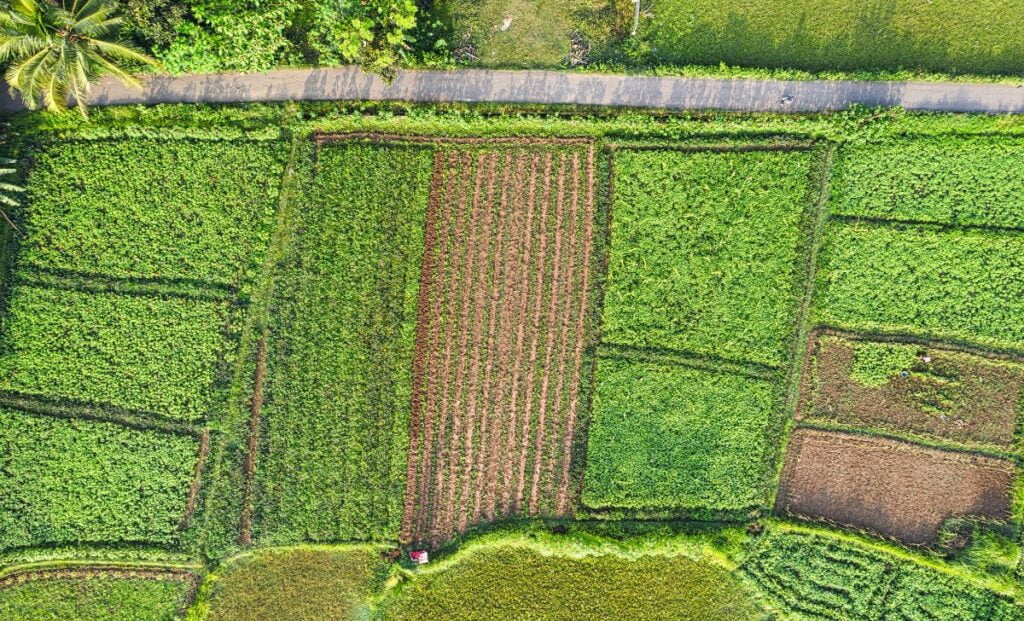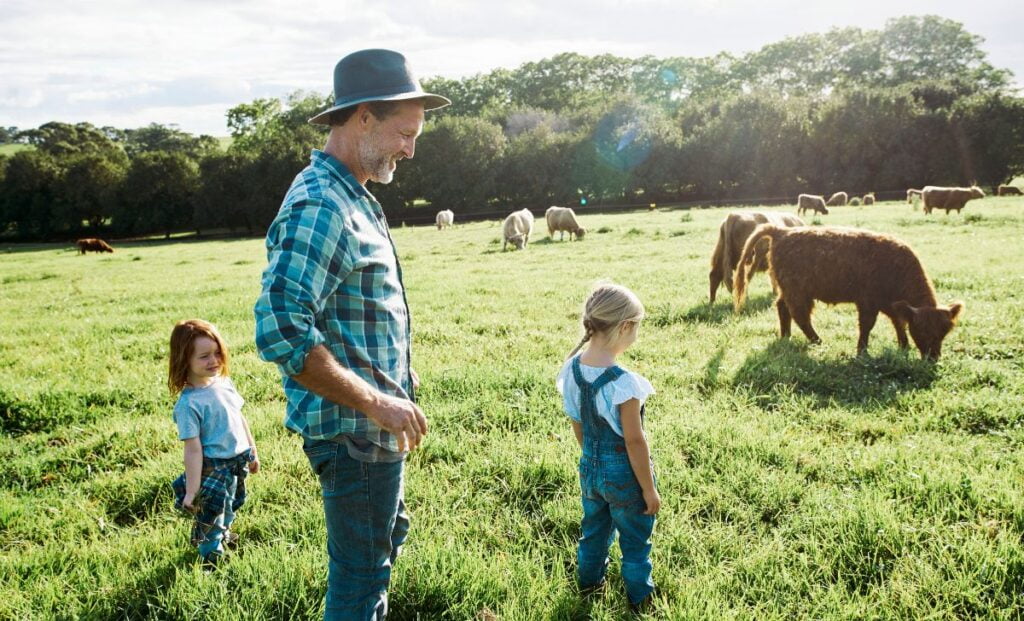In an era of rapidly advancing technology, various industries are undergoing transformative changes, and agriculture is no exception. The incorporation of predictive analytics, drones, and artificial intelligence (AI) into farming practices has the potential to revolutionize the way we produce food. These cutting-edge technologies offer farmers unprecedented insights, efficiency, and sustainability, ultimately paving the way for a more productive and resilient agricultural sector.
Predictive Analytics: Cultivating Data-Driven Agriculture
Predictive analytics is changing the way farmers make decisions. By harnessing historical data, weather patterns, soil conditions, and crop performance metrics, predictive analytics platforms can provide farmers with invaluable insights into their operations. This empowers farmers to optimize planting schedules, predict yield outcomes, and manage resources more effectively.
One significant advantage of predictive analytics is its ability to mitigate risks associated with weather events and disease outbreaks. By leveraging historical data and weather forecasts, farmers can anticipate and prepare for adverse conditions, minimizing losses and optimizing resource allocation. Additionally, predictive analytics enables precision agriculture, where farmers can tailor their actions to specific areas within their fields, optimizing inputs such as water, fertilizers, and pesticides.
Drones: Taking Agriculture to New Heights
Unmanned aerial vehicles, or drones, have transformed the way farmers gather information about their fields. Equipped with high-resolution cameras, multispectral sensors, and even LiDAR technology, drones can capture detailed imagery of crops, identify areas of stress, and create comprehensive field maps. This data allows farmers to detect issues early, enabling swift intervention and reducing the likelihood of yield loss. Drones are also invaluable for monitoring large or hard-to-reach areas, such as hilly terrain or expansive fields. Their ability to cover vast areas efficiently makes them an essential tool for surveillance, data collection, and resource management. Moreover, drones can assist in the application of precision agriculture techniques by delivering targeted treatments and inputs to specific locations, further enhancing productivity and sustainability.

AI: Cultivating Intelligence in Farming
Artificial intelligence is at the forefront of modernizing agriculture. Machine learning algorithms can analyze massive datasets to identify patterns, make predictions, and optimize processes. AI-driven systems can recognize diseases and pests from images of crops, helping farmers make quicker decisions about interventions. These systems improve accuracy and reduce reliance on manual labor, allowing farmers to allocate their resources more strategically. AI-powered robots are also emerging as a promising solution for tasks such as planting, weeding, and harvesting. These robots can work around the clock, reducing labor costs and increasing efficiency. Moreover, they can minimize soil compaction and damage to crops, contributing to overall sustainability.
Technological Synergy: Creating Smart Farms
The convergence of predictive analytics, drones, and AI is giving rise to the concept of smart farms. These farms are not only connected digitally but also ecologically balanced, making informed decisions based on real-time data. Imagine a scenario where a farmer receives an alert on their smartphone about an impending pest outbreak, thanks to AI’s ability to analyze insect behavior patterns. Drones equipped with precision spraying mechanisms could then target the affected areas, minimizing the use of chemicals while maximizing efficiency.
Data-Driven Decision-Making: Feeding the World
As the global population continues to grow, the pressure on agriculture to feed the world intensifies. Predictive analytics, driven by AI, can help ensure food security by optimizing crop yields and resource allocation. By analyzing vast datasets from various sources – satellite imagery, historical weather data, and even market trends – AI can predict future food demands, allowing farmers to adjust their planting strategies accordingly. This not only prevents overproduction or shortages but also reduces waste and minimizes the environmental impact of farming.

Preserving Nature: A Greener Tomorrow
Sustainable farming practices have never been more critical. AI-powered tools can help farmers transition to regenerative agriculture, a practice that aims to enhance soil health, conserve water, and sequester carbon. By analyzing soil composition and monitoring moisture levels, predictive analytics can offer recommendations for crop rotation, cover cropping, and targeted irrigation, all of which contribute to healthier ecosystems and reduced water usage. Drones play a pivotal role in environmental conservation as well. They can be employed for precision reforestation efforts, dropping seeds in deforested areas that are difficult to access. The same drones can monitor tree growth, helping conservationists assess the success of their initiatives.
Empowering Farmers: Bridging the Knowledge Gap
Smallholder farmers in developing countries often face challenges due to limited access to information and resources. Predictive analytics and AI can level the playing field by providing these farmers with actionable insights and advisory services. Mobile apps equipped with these technologies can give farmers real-time advice on planting, pest control, and market trends, improving their yields and income. Drones can aid in disaster management, assessing damage after natural calamities and enabling timely relief efforts. Additionally, they can assist in land mapping and tenure documentation, helping farmers secure their rights to the land they cultivate.
Looking Ahead: Ethical and Social Implications
While the benefits of predictive analytics, drones, and AI in agriculture are vast, it’s crucial to consider the ethical and social implications. The potential displacement of human labor, data security concerns, and the role of large corporations in controlling agricultural technologies need to be addressed. As we embrace these innovations, it’s imperative to create a future where technology serves as a tool for empowerment and sustainability, rather than exacerbating inequalities.
Challenges and Considerations
While the integration of predictive analytics, drones, and AI holds tremendous potential, there are challenges to overcome. Data privacy, the digital divide in rural areas, and initial setup costs can be hurdles for some farmers. Additionally, ensuring that these technologies are accessible and user-friendly for all types of farmers is essential to avoid exacerbating inequalities within the agricultural sector.
To Conclude…
The integration of predictive analytics, drones, and AI is ushering in a new era for agriculture. Smart farms that make data-driven decisions, boost efficiency, and promote sustainability are on the horizon. As we harness the power of these technologies, we have a unique opportunity to reshape farming practices, feed a growing population, and mitigate the environmental challenges that lie ahead. By cultivating a synergy between innovation and responsibility, we can ensure that tomorrow’s farms are not only productive but also nurturing to our planet and its inhabitants.
People Also Read: Market Linkages for Farmers: Bridging the Gap between Producers and Consumers – An Indian Perspective
